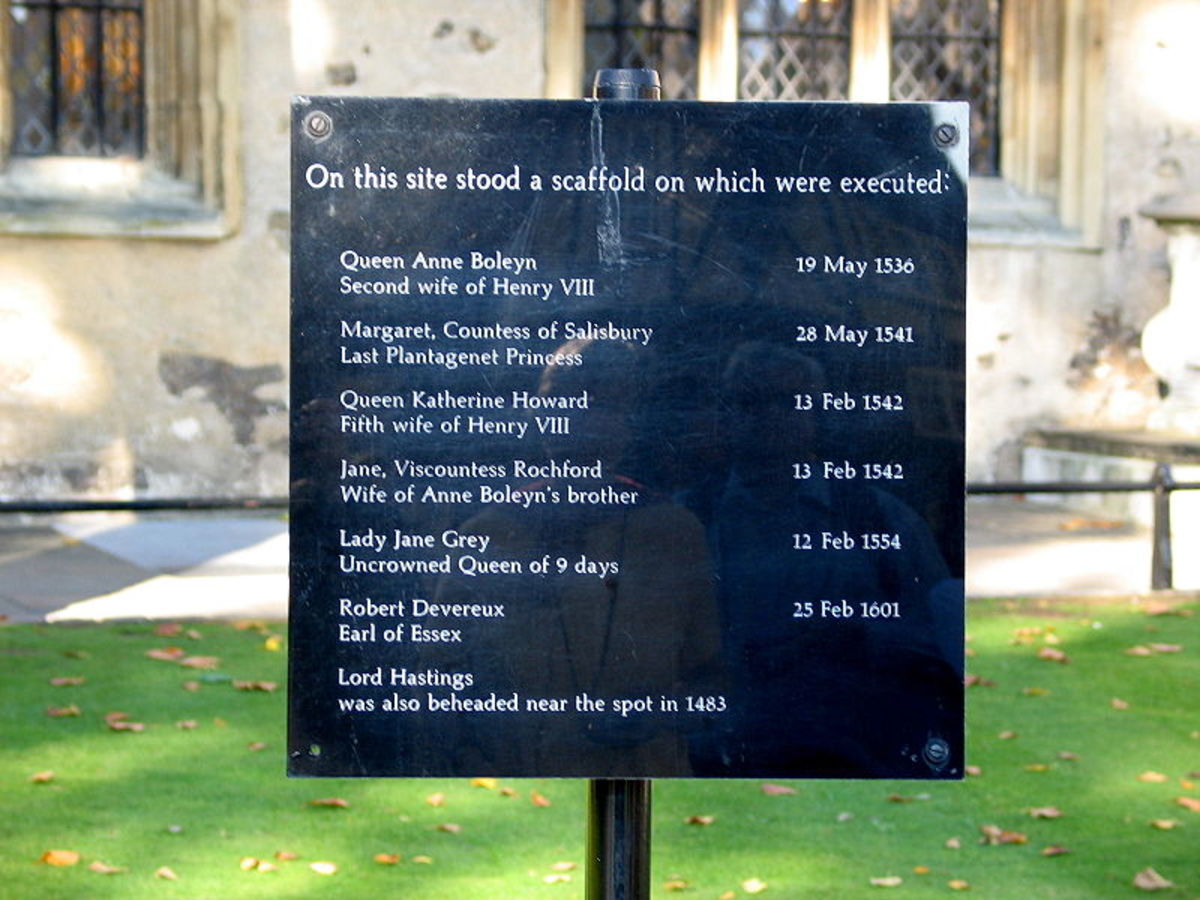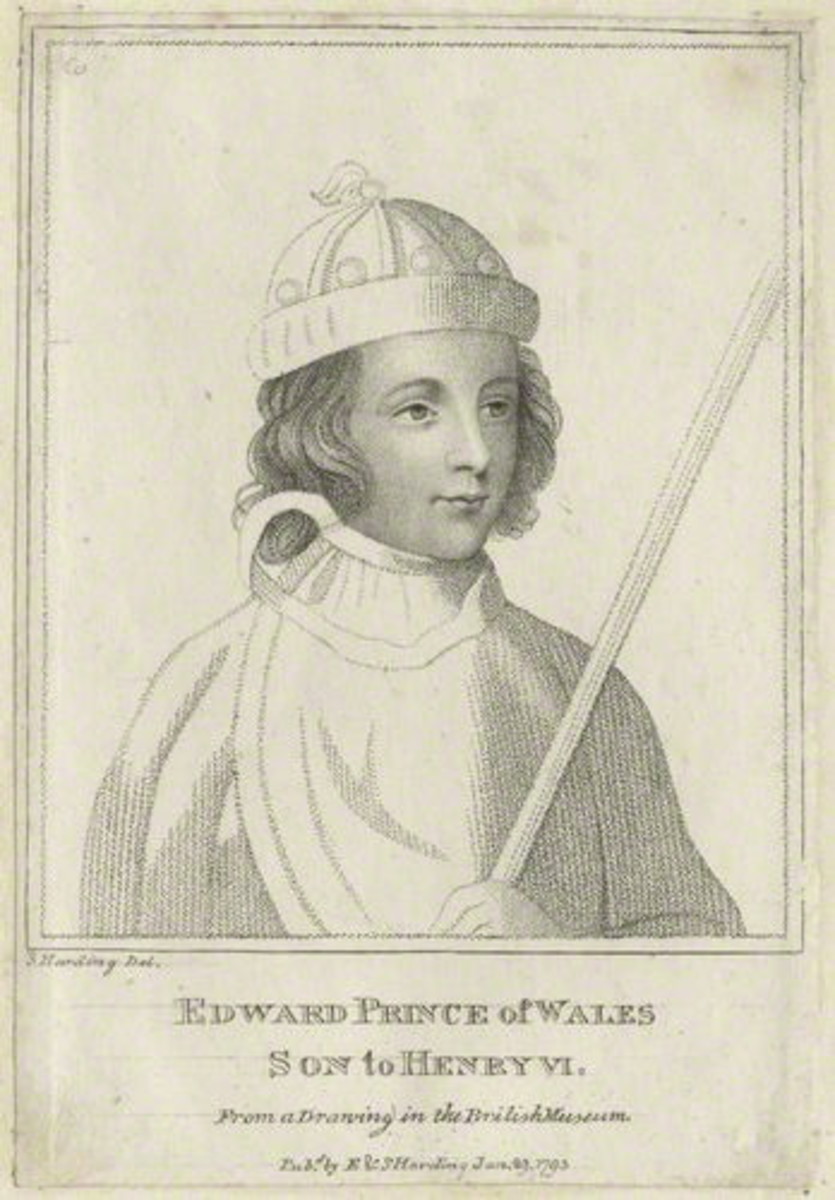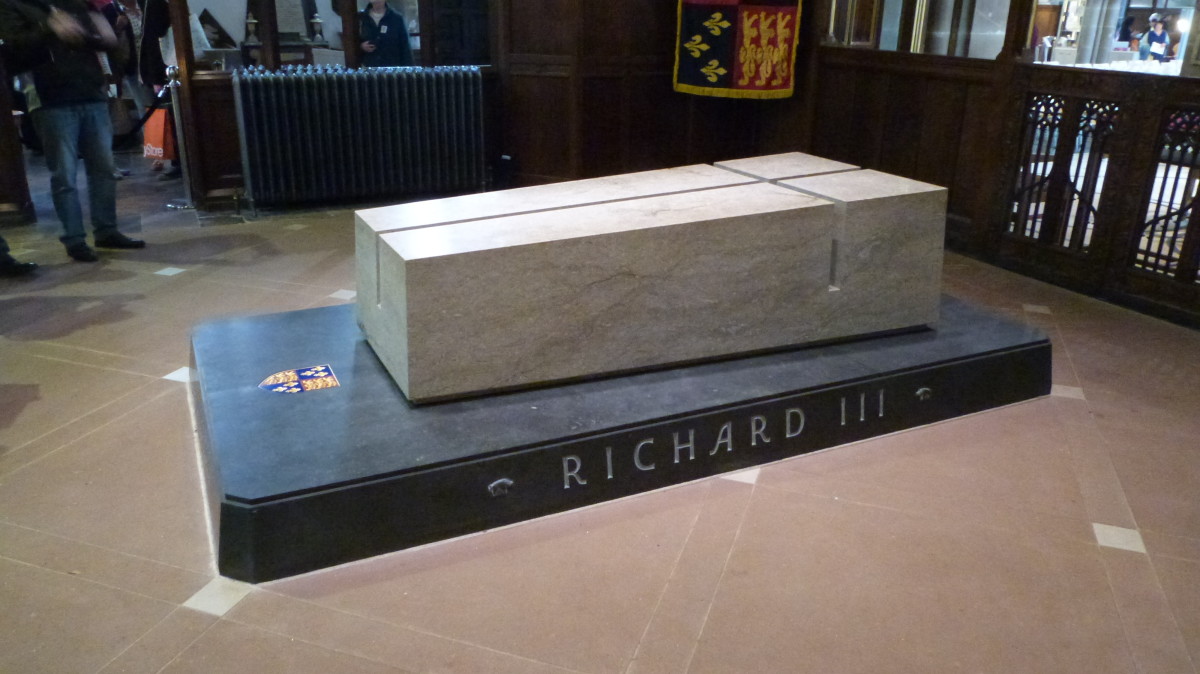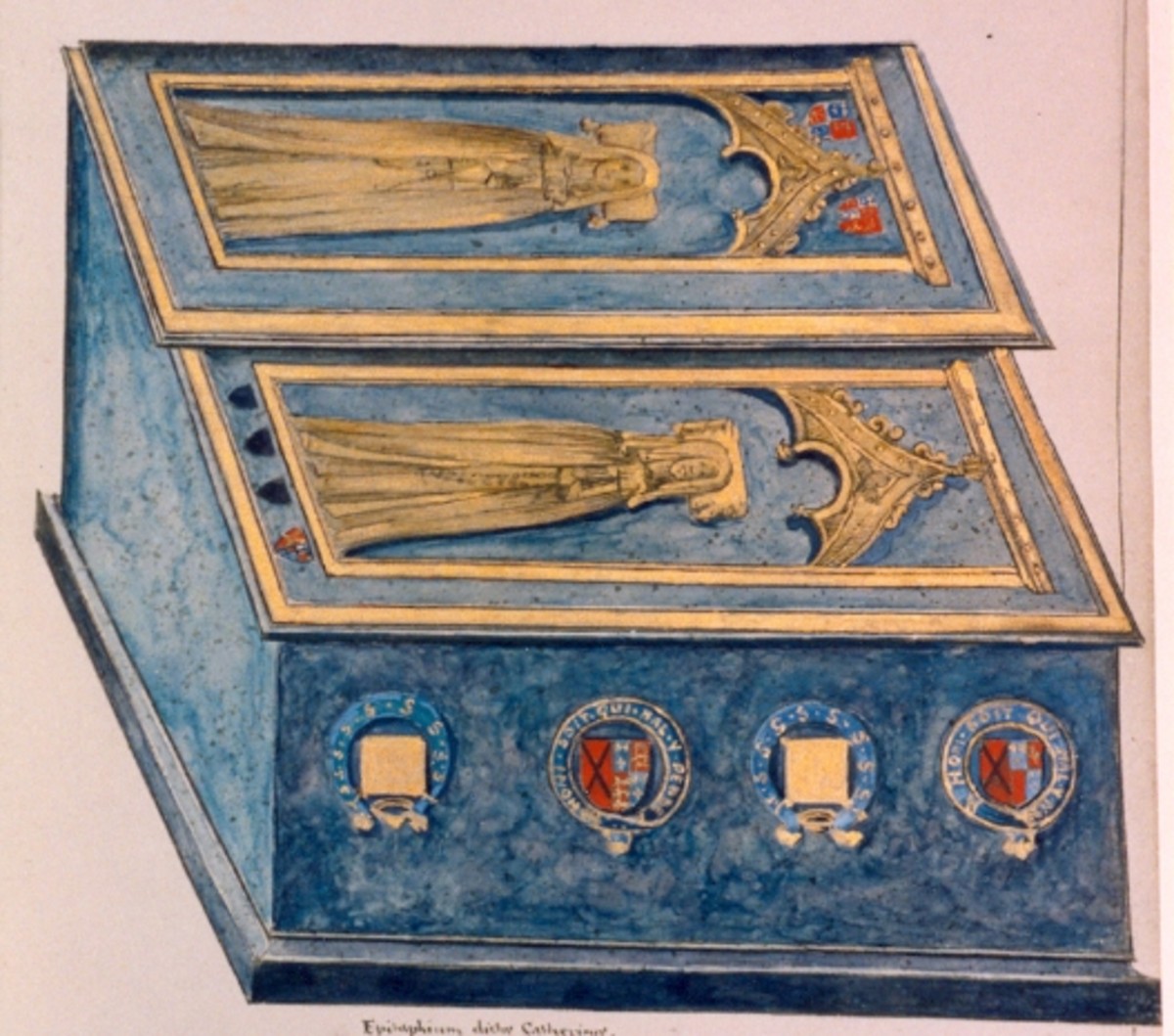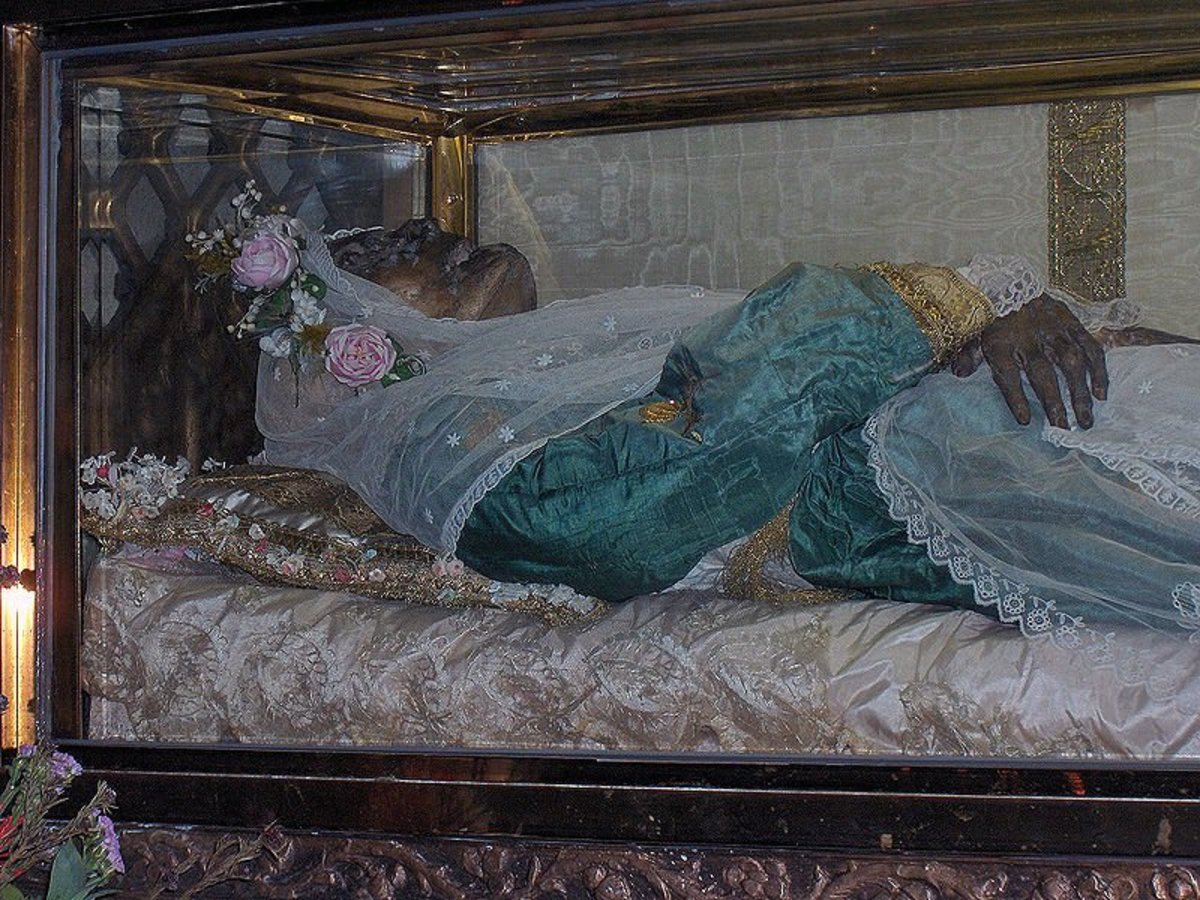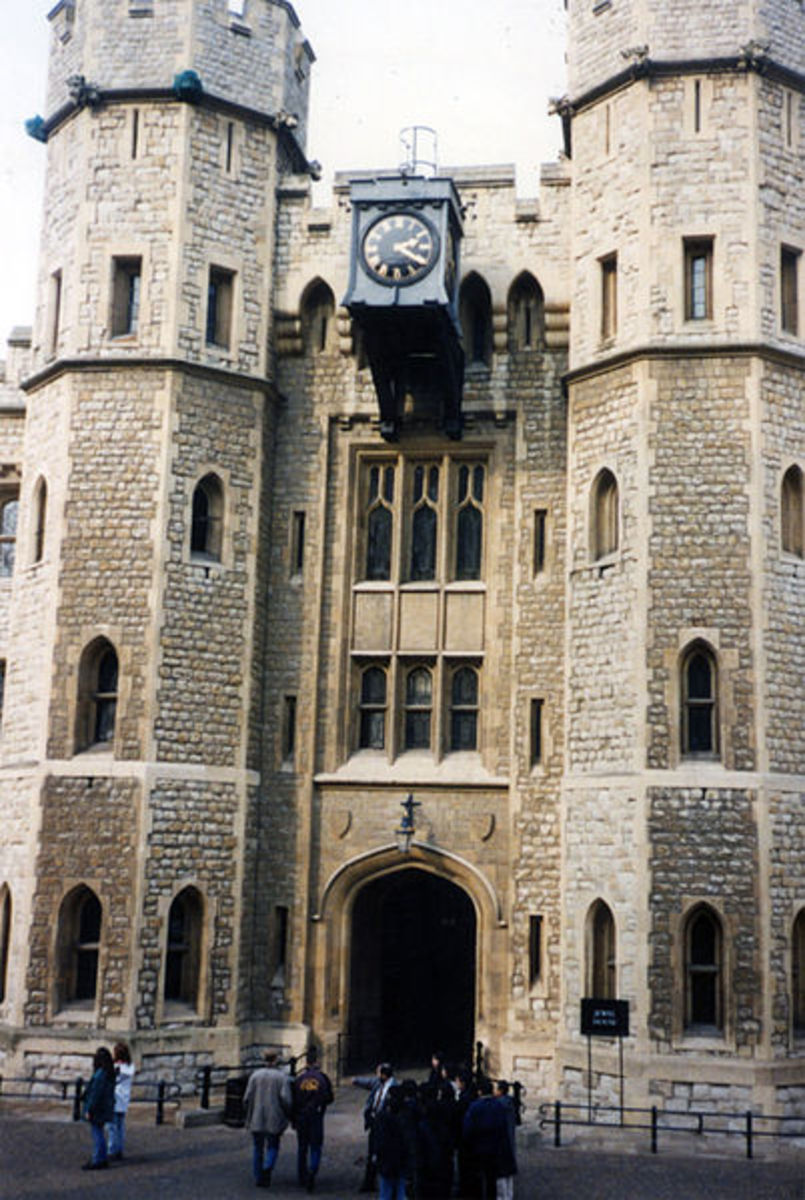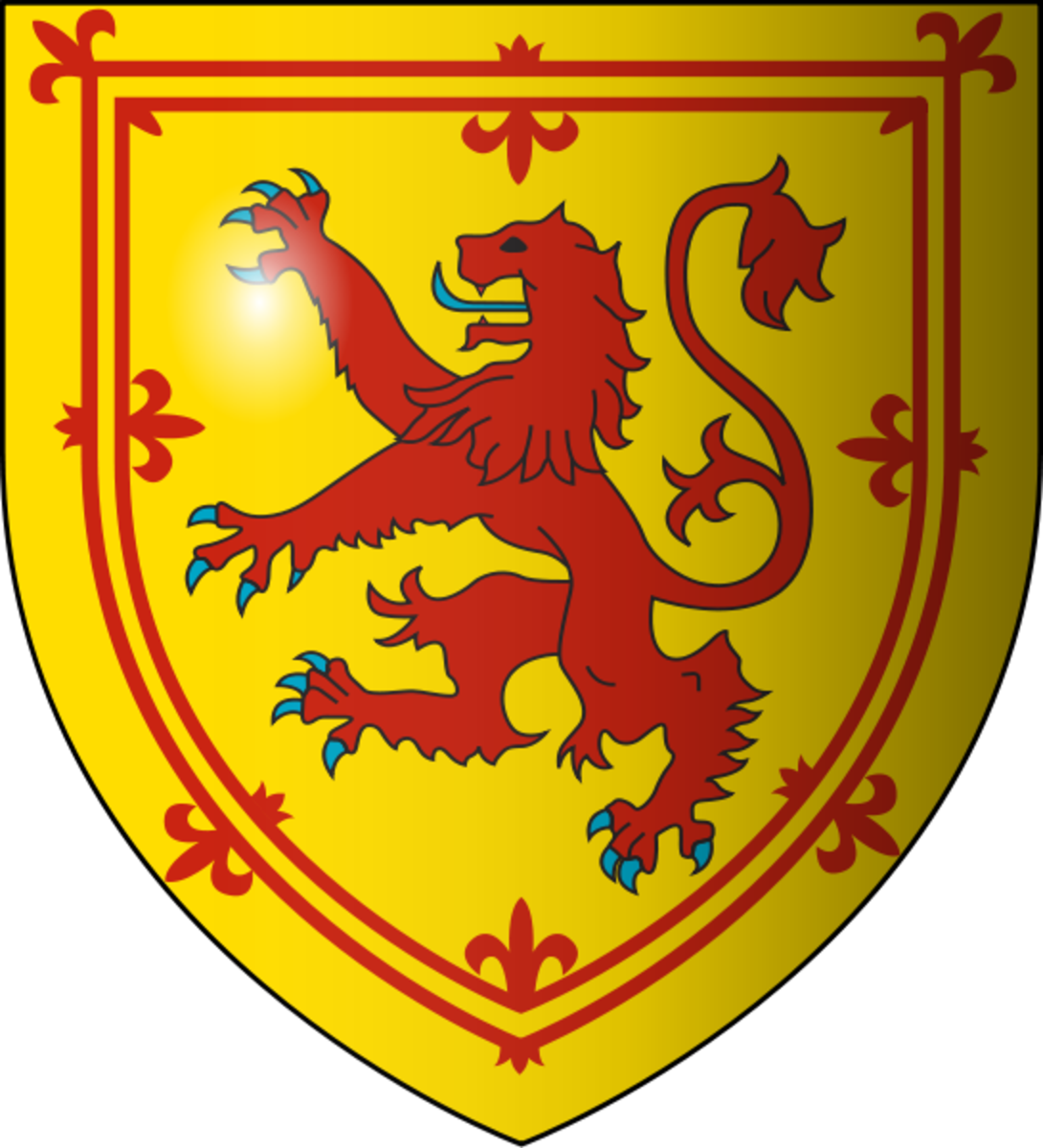Did Richard, Duke of Shrewsbury, Really Join Edward V in the Tower of London
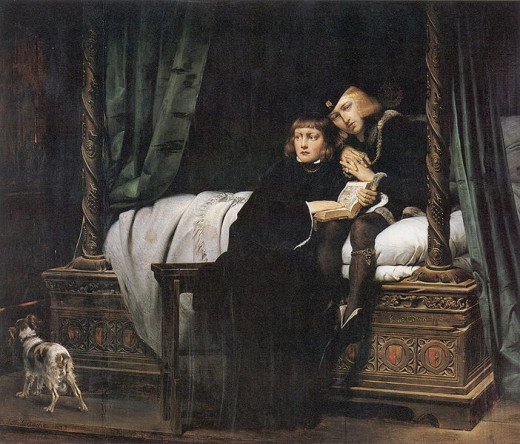
On June 16, 1483, Richard, Duke of Shrewsbury, joined his older brother Edward V in the Tower of London. Shortly after that they disappeared, and were presumed dead. Their uncle, Richard III, declared the marriage between their parents invalid, so they became illegitimate children; no longer eligible for the throne. They are known as the Princes in the Tower, but some suggest that Richard never really joined his brother. Some historians and conspirators suggest that Richard’s mother, Elizabeth Woodville, smuggled her younger son out of the country and brought in an imposter.
Why Was Edward V in the Tower of London?
According to Edward V’s uncle, Richard Plantagenet, the 12-year-old king was in the Tower of London for his own protection. Edward IV’s death was sudden, and the new king was still very young and vulnerable. Until his coronation, the Tower was considered the best place for him. Looking back, many people view it as a conspiracy to lock the young king away, but at the time Elizabeth Woodville possibly never thought anything suspicious of it.
While she went into sanctuary, that was more for her own and her children’s safeties from others as well as Richard. There is nothing to suggest that Edward V was ever held as a prisoner. He was seen playing in the garden, even after his younger brother came to join him. There was the case of Elizabeth’s brother, Anthony Woodville, and her son, Richard Grey, being taken prisoners and later executed despite not being guilty of anything. This could have led to Elizabeth’s fear that her children were not safe.
It was common for monarchs to stay in the Tower of London before their coronations. And it made sense to keep a 12-year-old king there as it was extremely safe throughout the year. He did stay in the royal apartments, set out for monarchs.
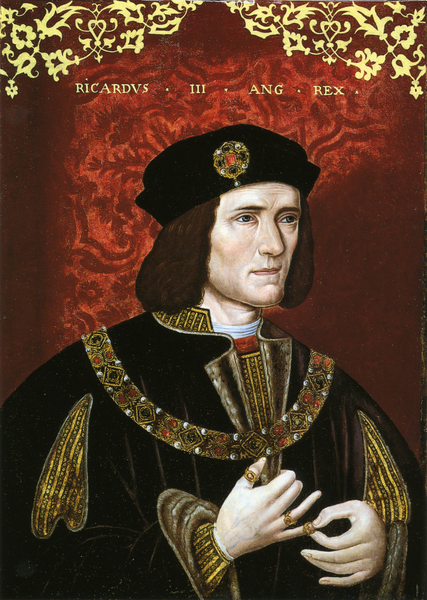
Why Did Richard, Duke of Shrewsbury Join Edward V?
Richard, Duke of Gloucester, wanted his younger nephew to join Edward V in The Tower of London. The reason given was that he wanted Edward to have someone to play with. It was just convenient that there were only two sons of Edward IV of England, and only the two boys were taken to the Tower. There were daughters who could have been taken too, although daughters did not present as much of a threat to Richard III.
Young Prince Richard did not need to join his brother. At the time he was in sanctuary, and his mother did not need to let him leave. The fact that she did suggests that she believed he would be safe.
Get the DVD About the Princes in the Tower
So, Was Richard, Duke of Shrewsbury, Really Sent to the Tower of London?
The thought that Elizabeth believed her children were at risk enough to put them in sanctuary is part of the reason some believe that Richard, Duke of Shrewsbury, never really went to the Tower of London. She would have tried everything to keep all her children safe, and sending her youngest son away would have been the perfect way. However, she knew that people would search for him if they ever found out, and it meant sending an imposter to the Tower of London instead.
Philippa Gregory is one historian and historical fiction novel authors who believes that an imposter was sent to the Tower. She believes that Elizabeth Woodville arranged for a young boy who looked like Richard to come into sanctuary, and allowed her eldest son, Thomas Grey, to get Richard out of sanctuary and out of England.
It was even something that people at the time believed possible. Margaret of Burgundy, Edward IV’s sister, believed that a “pretender to the throne,” Perkin Warbeck, was the real Richard, Duke of Shrewsbury.
There is also evidence of a Richard Plantagenet sometime during and shortly after Richard III’s reign. This boy claimed to have been Richard III’s illegitimate son, but that was not something the king acknowledged. This fact alone has led to the suggestion that this Plantagenet boy was actually Richard, Duke of Shrewsbury, as Richard III had a tendency to acknowledge his illegitimate children and provide for them. Richard III was said to offer the young boy the chance to be named heir to the throne if he won the Battle of Bosworth. Of course, Richard died and the young Richard Plantagenet went on to become a bricklayer, keeping his head down. Could it be possible that he was really the heir to the throne, and kept his head down as a way to keep it?
Clip from the DVD Princes in the Tower
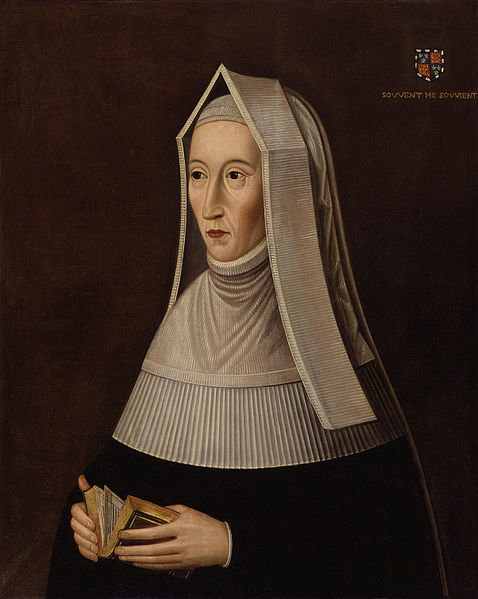
What Happened to the Princes in the Tower?
In June 1483, the boys were declared illegitimate and Richard III became King of England. After that, very little is known about them. They mysteriously went missing, and were presumed dead. Richard III could not have killed them himself, but he has regularly been blamed as giving the order to kill them. With them out of the way, there were few people to challenge his claim to the throne, and few reasons to see any more battles that England had faced over the years previously.
There are also suggestions that Margaret Beaufort and Anne Neville murdered the boys, among other people who had something to gain from their deaths. At the same time, they may have died from natural causes, or not even died at all. They could have remained in the Tower of London for the rest of their lives, believed to be dead so nobody would believe them if they spoke about their real identities. This is a mystery that nobody will really know, just like whether Richard, Duke of Shrewsbury really joined Edward V in the Tower of London.



